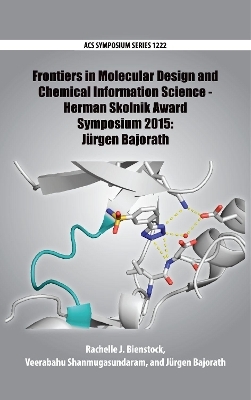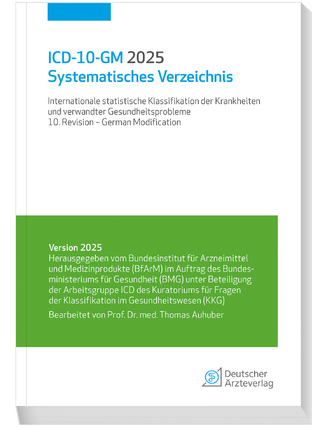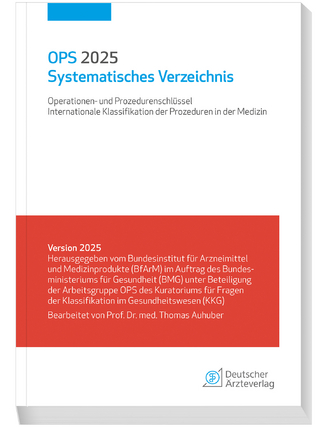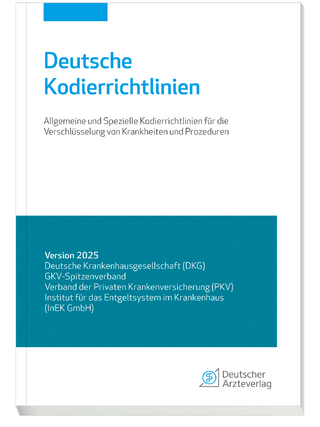
Frontiers in Molecular Design and Chemical Information Science - Herman Skolnik Award Symposium 2015
Oxford University Press Inc (Verlag)
978-0-8412-3141-2 (ISBN)
- Keine Verlagsinformationen verfügbar
- Artikel merken
greatly increased over the past 50 years. The average time to take a drug from clinical testing to approval is currently 7.2 years. Therefore, the need to develop predictive computational techniques to drive research more efficiently to identify compounds and molecules, which have the greatest
likelihood of being developed into successful drugs for a target, is of great significance. New methods such as high throughput screening (HTS) and techniques for the computational analysis of hits have contributed to improvements in drug discovery efficiency.
The SARMs developed by Jürgen and colleagues have enabled display of SAR data in a more transparent scaffold/functional SAR table. There are many tools and databases available for use in applied drug discovery techniques based on polypharmacology. The cheminformatics approaches and methodologies presented in this volume and at the Skolnik Award Symposium will pave the way for improved efficiency in drug discovery. The lectures and the chapters also reflect the various aspects of scientific
enquiry and research interests of the 2015 Herman Skolnik award recipient.
Dr. Rachelle J. Bienstock received her BChE in chemical engineering from The Cooper Union School of Engineering (New York City) and her Ph.D. in chemistry from The University of Michigan (Ann Arbor. Michigan). She was a Welch Research Fellow at The University of Texas Southwestern Medical Center, prior to moving to the National Institute of Environmental Health Science (NIEHS), an NIH laboratory, in Research Triangle Park, North Carolina. She currently serves as Chair of the Division of Chemical Information of the American Chemical Society (ACS). Her research interests include cheminformatics, and computational and structure-based drug design methods. Dr. Veerabahu Shanmugasundaram received a B.E.(Electrical & Electronics Engineering), M.Sc. (Chemistry from the Birla Institute of Technology & Sciences, Pilani, India and a Ph.D. (Medicinal Chemistry) from the State University of New York at Buffalo. He conducted post doctoral studies at Pharmacia & Upjohn in Kalamazoo, Michigan. He currently leads the Computational Analysis and Design Group at the Center of Chemistry Innovation and Excellence at Pfizer in Groton, Connecticut. His focus is on discovering and developing transformational medicines through the application of computational methods. His research interests span cheminformatics, computational chemistry, structural biology, and biophysics. Dr. Jürgen Bajorath studied biochemistry at the Free University in West-Berlin, Germany, where he obtained his Ph.D. in 1988. He spent 17 years of his scientific career in the U.S., where he held positions in the pharmaceutical industry and academia. In 2004, he moved to the University of Bonn, Germany, where he currently is Professor and Chair of Life Science Informatics. He is also an Affiliate Professor in the Department of Biological Structure at the University of Washington, Seattle. His research interests include chemoinformatics, computational medicinal chemistry, and drug discovery.
Preface
1. Frontiers in Molecular Design and Chemical Information Science: Introduction
2. Complexity and Heterogeneity of Data for Chemical Information Science
3. Exploring Molecular Promiscuity from a Ligand and Target Perspective
4. Network Variants for Analyzing Target-Ligand Interactions
5. Going Beyond R-Group Tables
6. Molecular Similarity Approaches in Chemoinformatics: Early History and Literature Status
7. Non-Specificity of Drug-Target Interactions - Consequences for Drug Discovery
8. Coping with Complexity in Ligand-Based De Novo Design
9. Soft Sensors: Chemoinformatic Model for Efficient Control and Operation in Chemical Plants
10. Data Visualization & Clustering: Generative Topographic Mapping Similarity Assessment Allied to Graph Theory Clustering
11. Generative Topographic Mapping Approach to Chemical Space Analysis
12. Visualization of a Multidimensional Descriptor Space
13. The Application of Cheminformatics in the Analysis of High-Throughput Screening Data
14. Steps Toward a Virtual Rat: Predictive Absorption, Distribution, Metabolism, and Toxicity Models
15. How Many Fingers Does a Compound Have? Molecular Similarity beyond Chemical Space
16. The Many Facets of Screening Library Design
Editors' Biographies
Indexes
| Erscheinungsdatum | 15.01.2017 |
|---|---|
| Reihe/Serie | ACS Symposium Series |
| Zusatzinfo | 119 |
| Verlagsort | New York |
| Sprache | englisch |
| Maße | 162 x 229 mm |
| Gewicht | 664 g |
| Themenwelt | Informatik ► Weitere Themen ► Bioinformatik |
| Mathematik / Informatik ► Mathematik ► Analysis | |
| Medizin / Pharmazie ► Medizinische Fachgebiete ► Pharmakologie / Pharmakotherapie | |
| Medizin / Pharmazie ► Studium ► 1. Studienabschnitt (Vorklinik) | |
| Naturwissenschaften ► Chemie ► Physikalische Chemie | |
| ISBN-10 | 0-8412-3141-9 / 0841231419 |
| ISBN-13 | 978-0-8412-3141-2 / 9780841231412 |
| Zustand | Neuware |
| Informationen gemäß Produktsicherheitsverordnung (GPSR) | |
| Haben Sie eine Frage zum Produkt? |
aus dem Bereich


